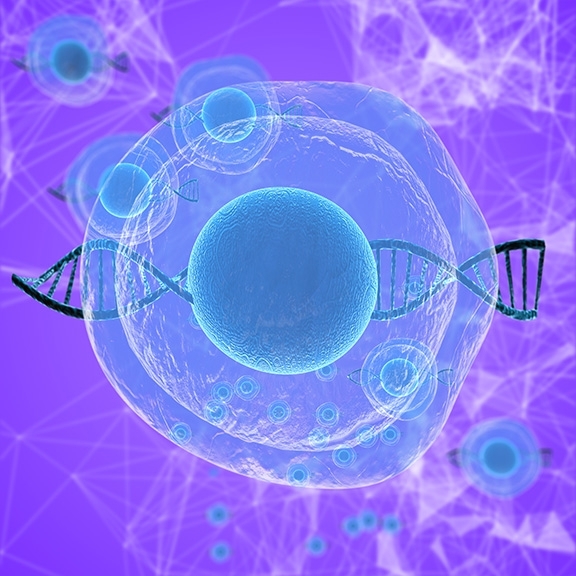Design Your Own Electroporation Protocol Episode 8 -
Guidelines for Mammalian Cells
By Michelle M. Ng, Ph. D.

Welcome to the eighth post in our series providing tips for developing and improving your own electroporation method—Guidelines for Mammalian Cells.
Don’t reinvent the wheel! If there is a protocol or published reference with electroporation parameters for your specific cell line/type (or for a similar cell type), start with it!
You can search for protocols by cell type in our database here.
General Guidelines for Mammalian Cell Electroporation
- Most mammalian cells work best with square wave generators. However, you can also electroporate them to less efficiency with an exponential decay wave generator. (For more information, refer to Episode 1 - Converting Between Square and Exponential Decay Wave).
- Generally 2 mm and 4 mm gap cuvettes are used for mammalian cells. However, 1 mm gap cuvettes may be used for smaller volumes, if the voltage is reduced accordingly, to achieve the desired field strength during electroporation (For more information, refer to Episode 2 - Converting Between Different Gap Sizes).
- Typically field strengths of 400 to 1000 V/cm are used for mammalian cells, and a single pulse ranging from 5 to 25 ms is used for DNA electroporation.
- If using a 2 mm gap cuvette, the voltage ranges from 120 to 200 volts.
- If using a 4 mm gap cuvette, the voltage ranges from 170 to 300 volts.
- For small molecules, such as siRNA, high voltage microsecond pulse lengths may be needed.
- Mammalian cells are best for transfection with a low passage number (ideally passage 3 to 30) and actively growing. Using similar passage numbers between experiments can help to ensure reproducibility.
- Refer to Episode 6 - Optimizing Cell Density for some discussion on optimal cell densities for growth prior to electroporation and suspension at the time of electroporation.
- Refer to Episode 7 - Buffer Considerations for information on using an electroporation buffer such as BTXpress Cytoporation Medium T to boost electroporation efficiency and cell viability.
- High quality DNA that is low in endotoxin and concentrated to 1 to 5 mg/ml is ideal. Prepping DNA with a midi- to maxi-prep, using silica column or anion exchange column technology, is best. The DNA should be dissolved in nuclease-free water as Tris/EDTA solutions can reduce electroporation efficiency.
- It also helps to determine the optimal time after electroporation to analyze your cells.
- For siRNA/miRNA knockdowns, typically 48 hours after transfection is the peak of mRNA knockdown. However, depending on the half-life of the protein, its peak knockdown may occur after that.
- Peak expression of protein from plasmid DNA or mRNA transcript usually falls within 12 to 72 hours after transfection. It is best to run a time-course experiment for each new construct to determine peak expression time.
Please stop by our Blog again soon. Next, in Episode 9, we will explore Protocol Ideas for Bacteria.
Click here to visit our Protocol Database, for electroporation protocols searchable by, system, cell/tissue type, application/transfectant, and citation.



 800-272-2775
800-272-2775
